Bella Italia in Troubled Waters
Drought batter rivers and lakes & spectre of a far-right government looms
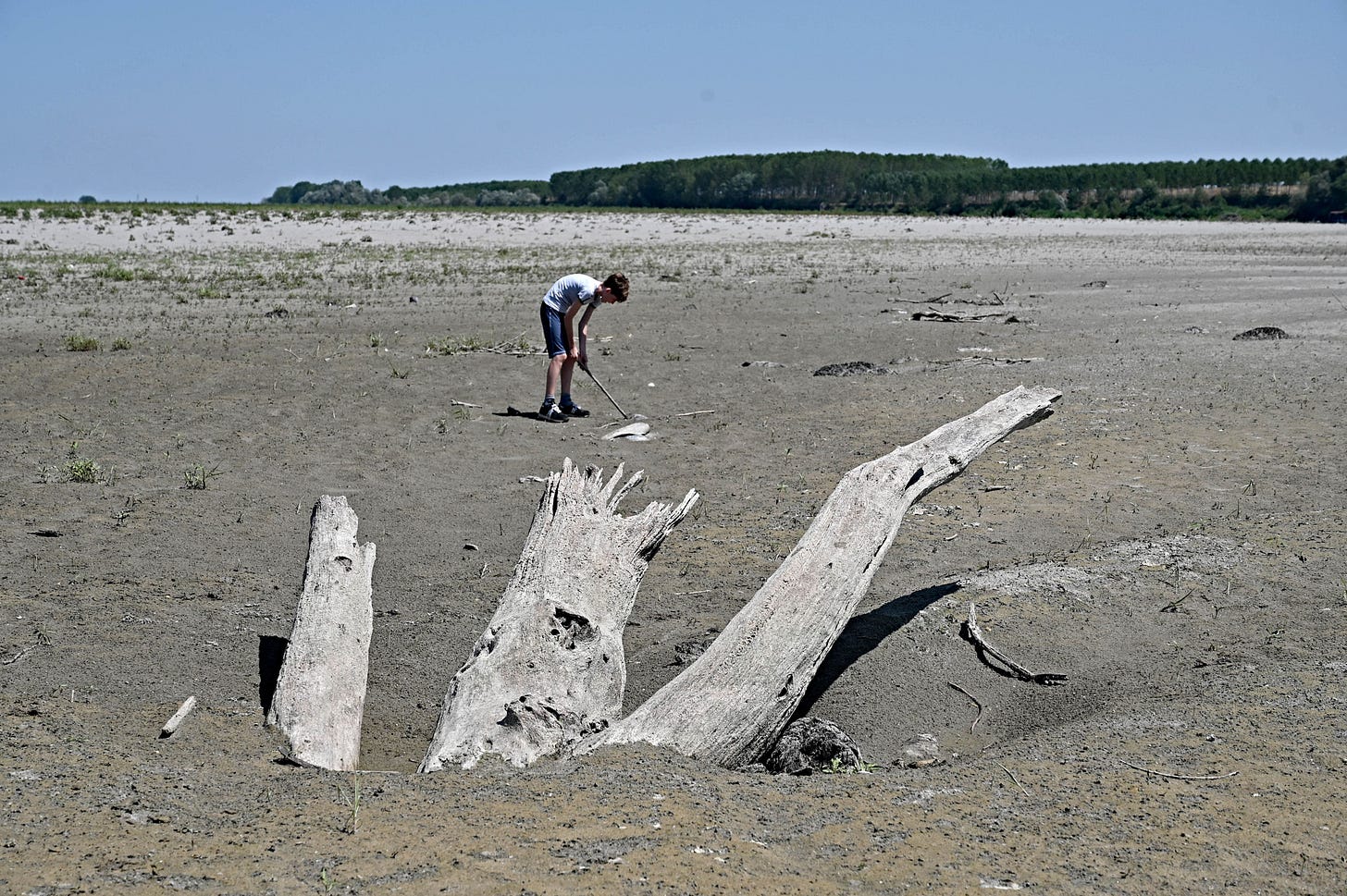
Italy is in the grip of the worst drought in 70 years, and it’s threatening the production of the country’s deservedly famous produce, including rice, olive oil, tomatoes and cheese, as well as wine. It’s also pushing up prices and raising the possibility of water shortages and power outages.
Northern Italy is the worst affected, where a warm winter without snow in the Apennines was followed by a hot summer, Federica Luoni, from BirdLife Italia, said in a phone interview.
This phenomenon will become more common and the country’s agriculture needs to learn to adapt, she added.
In many ways, we’re very fortunate not to be facing the specter of widespread hunger, unlike in the Horn of Africa where four consecutive failed rainy seasons have left nearly 20 million people facing starvation.
Nevertheless, the situation here is severe and should serve as a wake-up call to Italian leaders and consumers – and hopefully beyond – of the havoc that climate change could cause and how urgently we need to do something to rein it in.
Rivers Running Dry
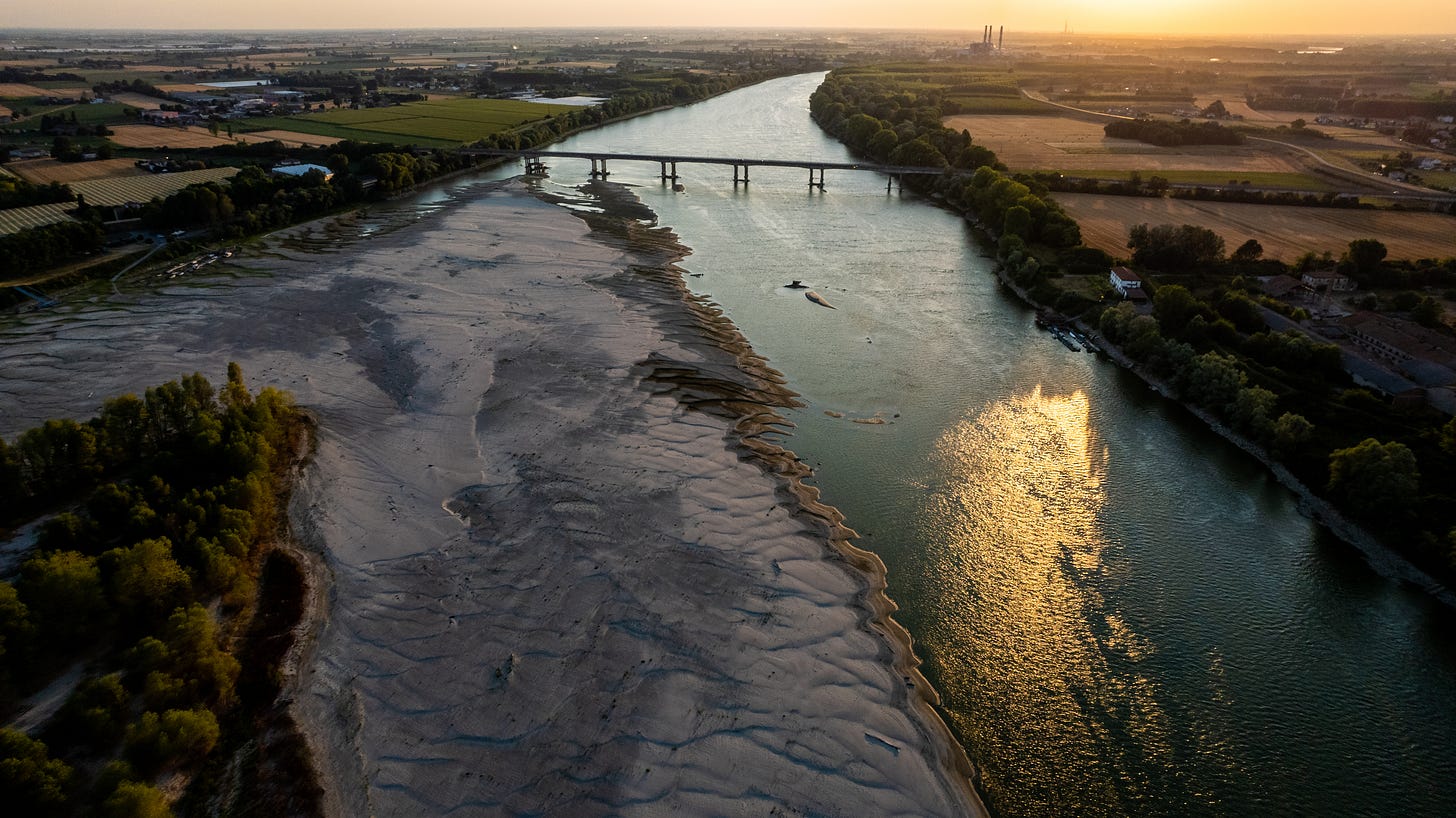
The drought’s biggest victim has been the Po River, which is the longest and most important river in Italy. Running for more than 650 km from west to east across the north of Italy, it provides nourishment to approximately one third of the country’s agricultural products.
In June, the irrigation authority ANBI reported that the river’s flow rate had halved in two weeks to ‘just over 170 cubic metres per second’. The rate needed to be at 450 cubic meters per second to prevent saltwater entering from the sea and wrecking farmland, it added, according to Reuters.
Unfortunately, things didn’t improve, and within a few days, salty seawater from the Adriatic Sea flowed into Po, which made irrigation impossible in parts of Italy's agricultural heartland.
Rice farmer Luigi Ferraris in the province of Pavia, near Milan, fears lower yields this year. If that’s the case, it will impact next year's supply and the rice used for seeding. The crisis could continue for at least two years, he told Reuters.
In early July, the government declared a state of emergency for areas around the river and in the following five northern regions - Emilia-Romagna, Friuli Venezia Giulia, Lombardy, Piedmont and Veneto.
The Po might be the highest-profile casualty, but it’s not the only one. The Tiber River, which flows through Rome, is at multi-year lows, while the flow rate of the Aniene River, a tributary of the Tiber, has halved, according to ANBI.
Some of Italy’s famous northern lakes are also seeing near-record low levels of water, with Lake Maggiore having just 10% of its reservoir filled and less than 30% of Lake Garda, according to Coldiretti, which is the main association representing Italian agriculture.
Agriculture in Danger

Coldiretti has reported that this year’s weather has affected almost half (46%) of Italian farmers.
It is estimating production drops of 45% for corn and fodder used as animal feed, 20% for milk, 30% for durum wheat, 30% for rice and 15% for fruit.
In addition, it said there could be a 20% reduction in mussels and clams, which is a key ingredient for one of my favourite pasta dishes of all time - spaghetti alle vongole veraci - as a result of saltwater intrusion in the Po River delta.
Wine
I was in the commune of Barolo – yes, where the famous wine comes from – in the Piedmont region earlier this week, and although I realise how cliche this sounds, I immediately fell in love with its slow pace, stunning vistas and the friendly locals.
However, it was also quite hot, despite being approximately 350 meters above sea level. The owners of the beautiful vineyard that we were staying at told us that this has been the pattern for the whole year – unseasonably high temperatures.
Their grapes aren’t faring too badly, but not everyone has been so fortunate. Coldiretti said drought and heat over 40 degrees are expected to reduce production by 10% nationwide in the country’s vineyards, some of which have also started the 2022 harvest a week early.
But it’s not just high temperatures, although at one point, it reached 48 degrees in Sicily in August. There have also been hailstorms and tornadoes in the summer and unseasonal frost in April, which has affected winegrowers across the country.
France and Spain, the two other countries famous for their wines, also suffered from heatwaves and wildfires, which means they could also be facing a decline in production.
Olive Oil
The Consorzio Nazionale Olivicoltori (National Olive Growers' Consortium) has warned of an estimated 30% production drop nationwide. The most badly hit region is expected to be Puglia in the south, which is the heel to Italy’s boot, where losses could be as high as 50%.
The drought is adding woes to olive producers who were already struggling with the Xylella fastidiosa bacteria and other wild weather events that are linked to climate change. In the Bari region, where 60% of national production is concentrated, the rare snowfall and hailstorms caused the loss of 70% of the olives in the Tavoliere area.
Cheese
Well, let’s be exact here. We’re talking about grana padano, which is a classic Italian cheese that’s made with fresh milk from free-range cows. It is a hard, full-bodied cheese with a flaky texture that is tasty when enjoyed on its own or in combination with something else.
However, global warming and the increasing risk of summer dryness could wreck the production of grana padano both directly (milk loss due to heat stress) and indirectly (low rainfall reducing crop yields that are integral as cattle feed).
Shifting Cultivation
Almost exactly four years ago, I wrote a feature about how as the climate warms, Sicilian farmers have started to grow exotic fruits that are usually associated with tropical climates, such as papaya and mangoes.
Local climate researcher Francesco Viola, who rarely saw exotic fruits or greenhouses while growing up, told me that the average temperatures in Sicily have risen by approximately 1.5 degrees Celsius (2.7 Fahrenheit) during the last century.
Similarly, this Reuters story reported how climate change is not only affecting production but also “changing the geography and rhythms of the Italian farming landscape”.
“A few years ago, olive groves were mainly the preserve of historically hot and arid areas such as Sicily. Now regions such as Val d'Aosta in the far north of Italy, famous for its ski resorts and mountains, can produce their own oil.”
Action urgently needed
Experts say that Italy needs to change how it responds to these events - from spending an enormous amount of money responding to emergencies, to investing in a comprehensive plan and resources for climate adaptation and disaster prevention.
The country spends an average of 1.55 billion a year on emergency management, according to environmental association Legambiente. This is a ratio of 1:5 between spending on prevention and spending on repairing damage because of a lack of a clear strategic direction and priority for adaptation.
Italy has a National Climate Change Adaptation Strategy, which was approved in 2015, but the National Climate Change Adaptation Plan (PNACC) is apparently yet to be approved.
This makes Italy one of the few countries in Europe not to have adopted a national or sectoral climate adaptation plan, experts say.
Farming needs to adapt too, finding ways to diversify crops, reduce water use, preserve natural ecology, and re-think some of the practices of industrial agriculture, said Federica.
A Lurch to the Far Right?
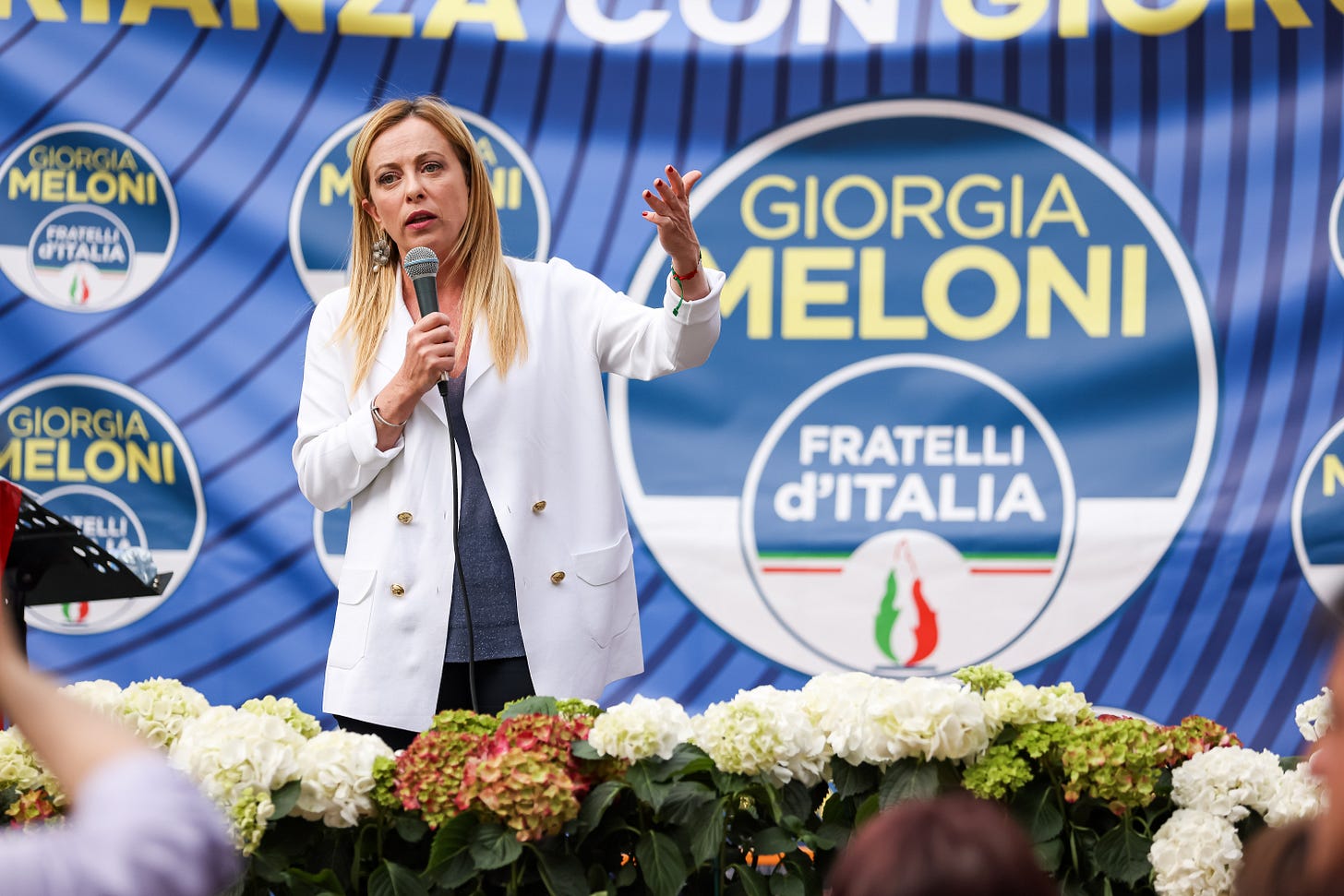
Unfortunately that is not all. Italy is also in the grip of election campaigning after the fall of the unity government led by Mario Draghi despite - or perhaps because of - after nearly 18 months of surprisingly stable and steady politics by Italian standards.
Admittedly Draghi wasn’t elected and elections were supposed to be held in 2023 anyway, but the country, which became “the first country to be taken over by fascists” as David Broder wrote in The New York Times, is facing a real possibility of history coming full circle.
Despite the weather woes Italy is going through, climate change is unlikely to feature prominently, Federica told me. There is little action from the big parties and the solutions they look to are mainly technological, she said.
The party topping the national opinion polls is the far-right Brothers of Italy, which uses the emblem that was once adopted by supporters of the executed dictator – and known fascist – Benito Mussolini.
As you might have guessed, their platform is anti-immigration and the party’s leader Giorgia Meloni, who is being touted as the future prime minister, is openly scornful of immigrants.
So, as an immigrant, suffice to say I’m apprehensive about what the future holds, particularly after incidents such as the noted below.
Brothers of Italy are in an alliance with the far-right League and centre-right Forza Italia. The latter is led by Silvio Berlusconi, the Trump before Trump who is also a good friend of Putin.
The election will be held on 25 Sept.
With that foreboding news, I wish you a great weekend! Please feel free to share this post and send tips and thoughts on Twitter @thinink, to my LinkedIn page or via e-mail thin@thin-ink.net.


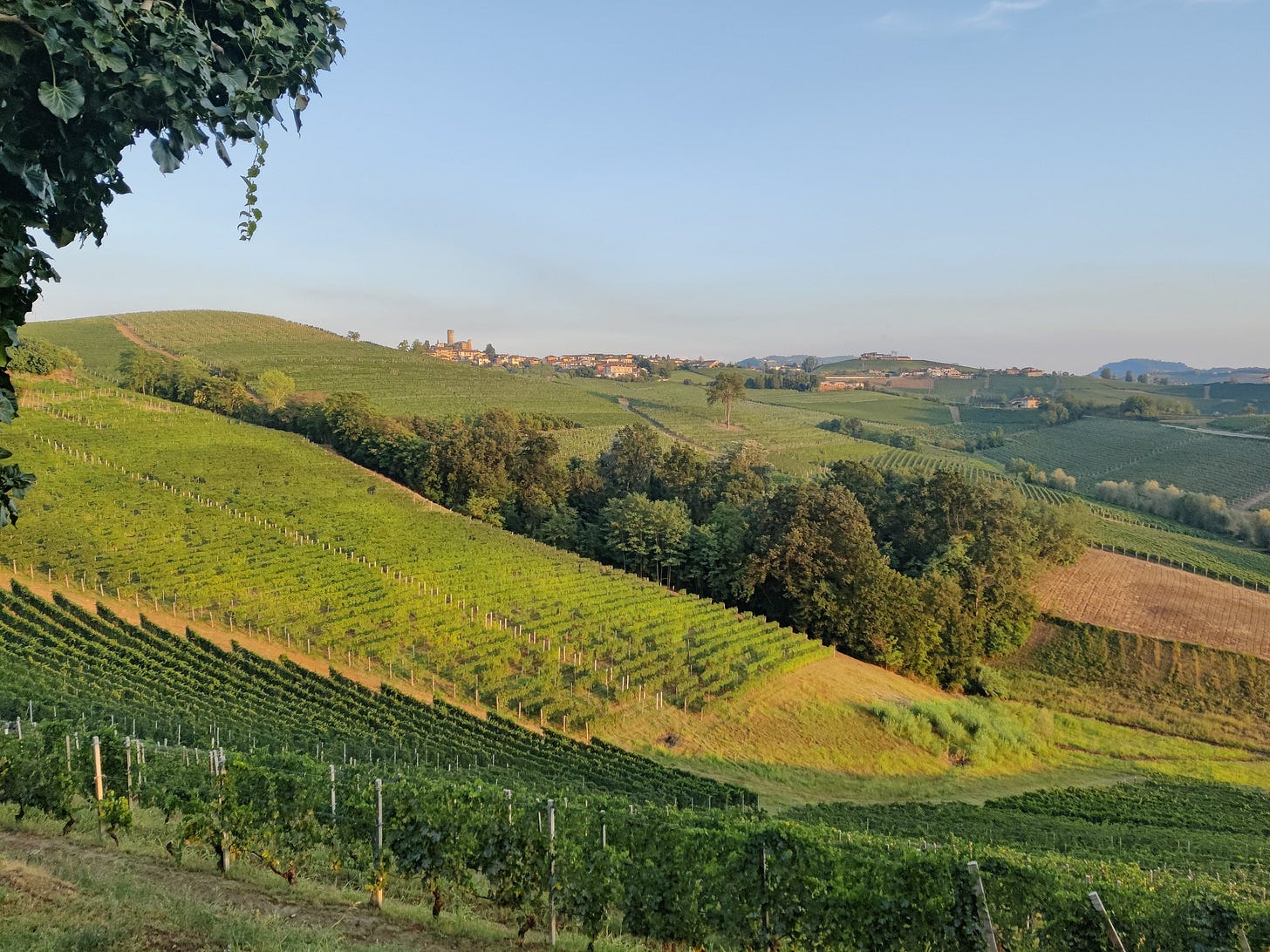
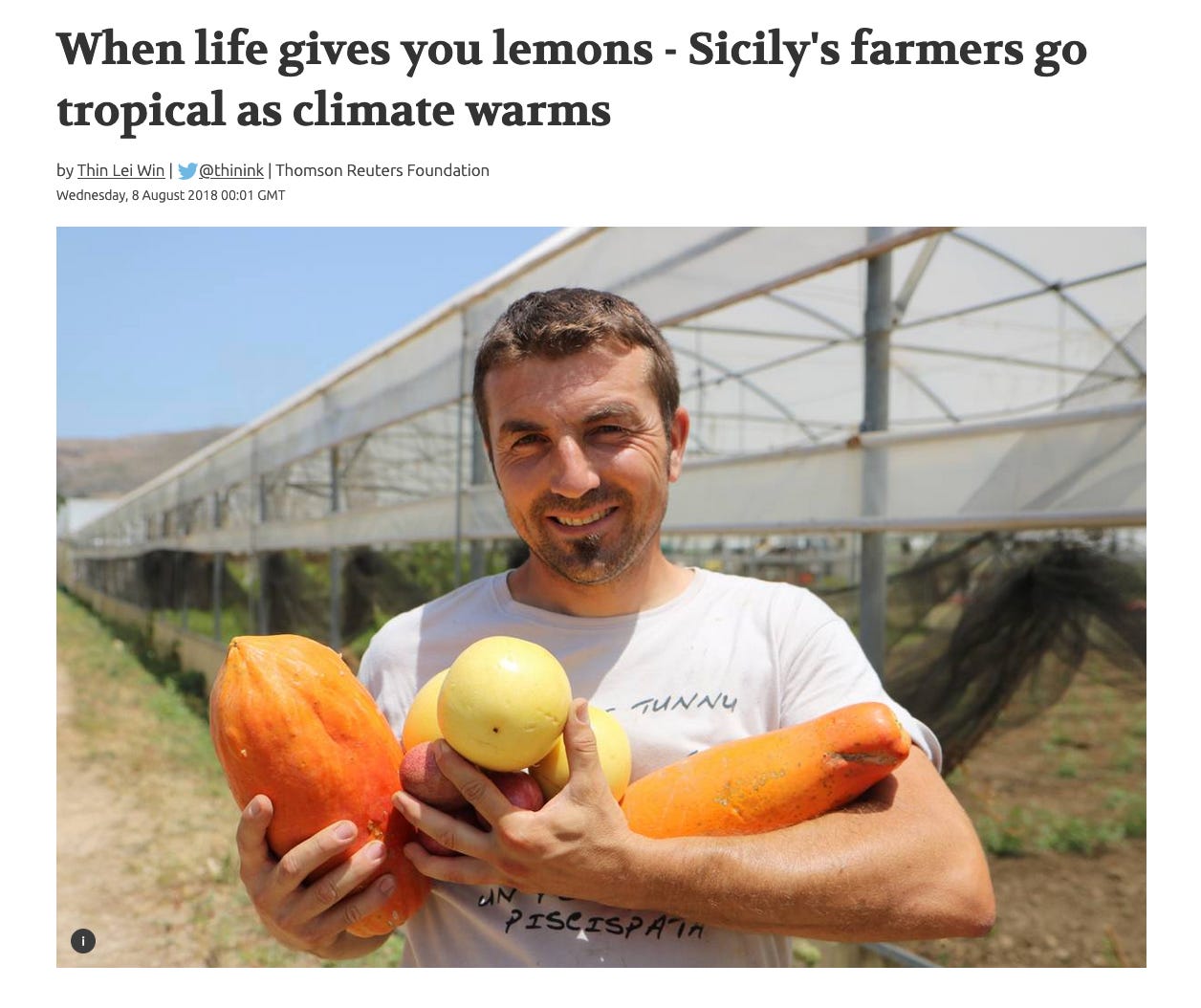



Thanks for this post. It's valuable, if depressing, to have this information on Italy, though of course with a few parallels with the UK. Happy weekend to you too!